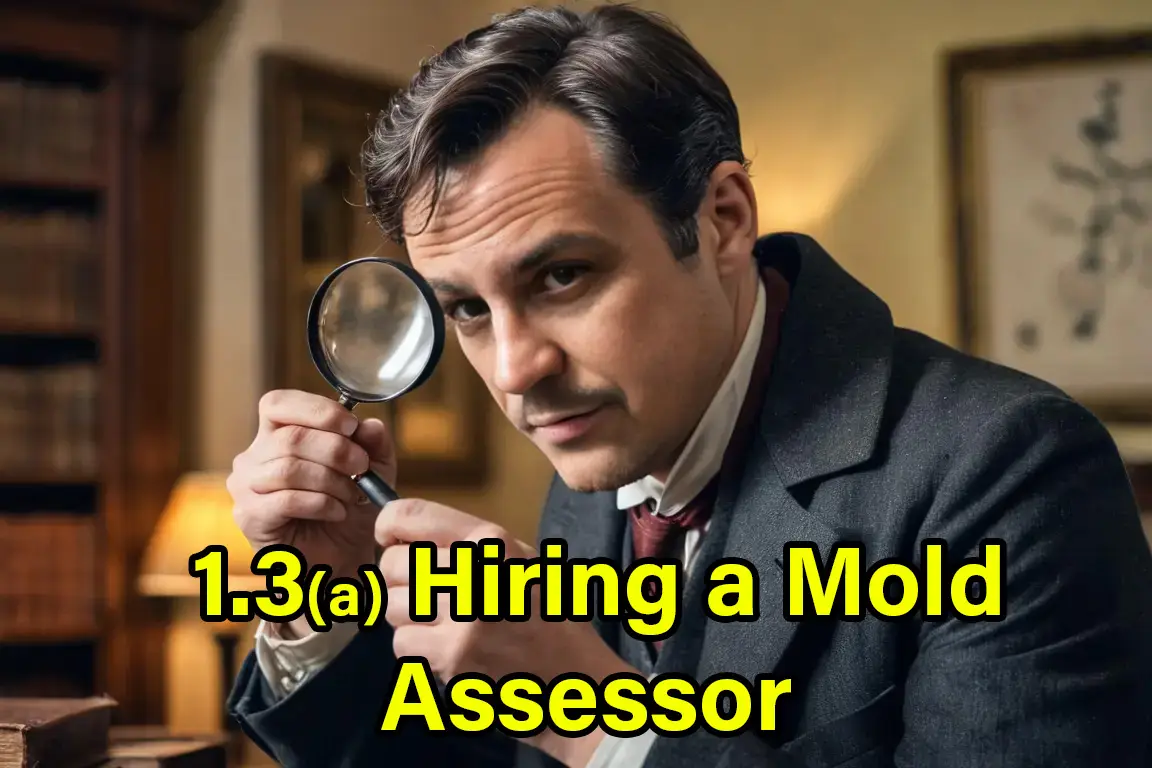IEPs vs. Traditional Mold Assessors
Not all Mold Professionals approach mold assessment the same way. A key distinction lies between IEPs who specialize in working with sensitized individuals and medical referrals, versus traditional mold assessors who operate within the standard industry paradigm. Understanding this difference can significantly impact the effectiveness of an assessment—especially for those dealing with chronic illness or environmental sensitivities.
Traditional mold assessors typically focus on identifying visible mold, confirming moisture sources, and comparing airborne spore counts against reference ranges. Their goal is to determine whether mold is present at levels considered acceptable by general industry or state standards. Reports are often short and emphasize regulatory compliance or structural concerns rather than individualized health outcomes.
In contrast, IEPs who work with sensitized clients—such as those with CIRS, mold-related illness, or multiple chemical sensitivities—go beyond basic testing. These professionals tailor their inspections to account for the unique challenges of environmentally acquired illness. They may use particle counters, ERMI/HERTSMI-2 testing, and source-tracking tools to evaluate the home from a health-first perspective. Their reports are more comprehensive and geared toward creating actionable, personalized recommendations for reducing environmental triggers.
Moreover, these IEPs frequently coordinate with medical practitioners to align environmental strategies with health protocols. Their goal isn’t just to meet minimum thresholds, but to help create an indoor environment that supports recovery and long-term well-being. For anyone dealing with complex health issues, hiring an IEP experienced in this specialized work is critical for achieving real results.

